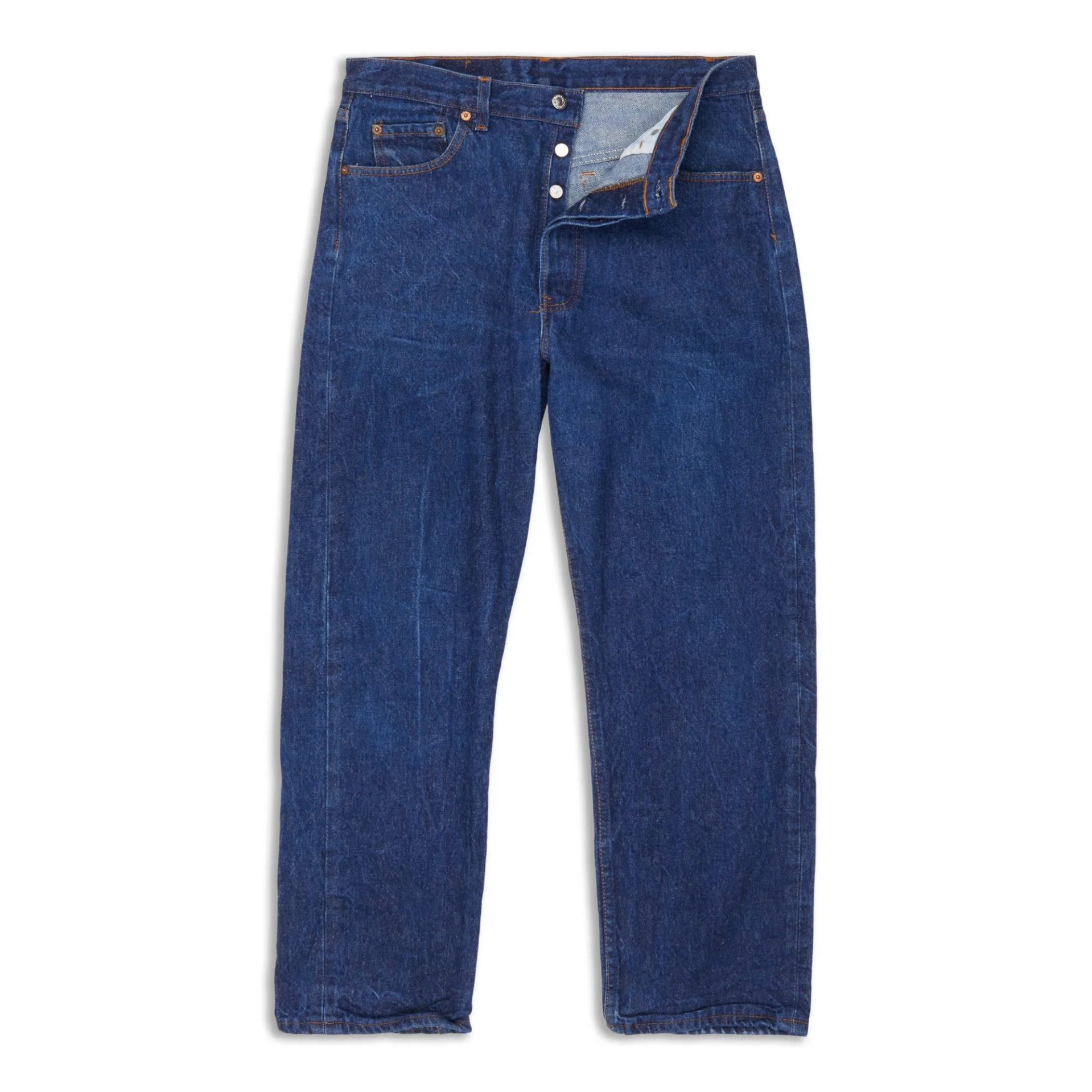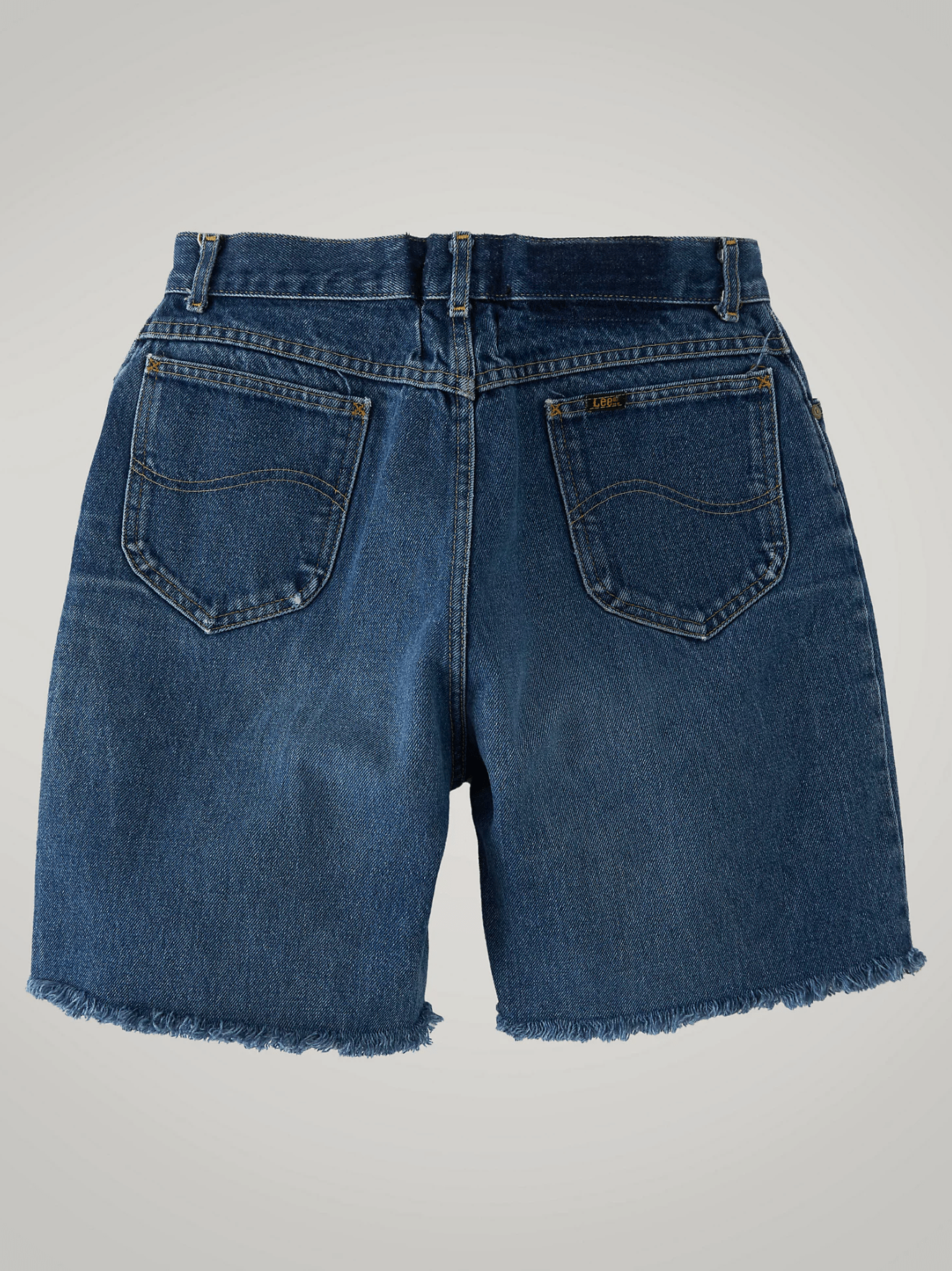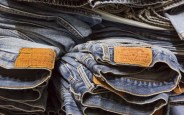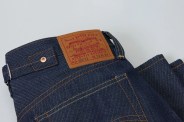Vintage jeans are big business. That’s why there are a half-dozen good vintage clothing stores in almost every city — and hundreds, if not thousands, in New York and LA. It’s also why there are multiple mega-famous denim hunters, Brit Eaton and Michael Allen Harris, who go searching for six-figure slacks in defunct mines and at estate sales, among other untouched treasure troves.
But there’s an entire industry beyond the auction-level denim these dudes dig up. According to ThredUp’s 2022 Fashion Resale Report, the global secondhand market will grow by 127 percent between now and 2026, to a global combined value of $218 billion. (In 2021, that number was a mere $98 billion.) And as for what shoppers are most likely to buy secondhand… it’s the same stuff Eaton and Harris are hellbent on selling: “casualwear,” a category that comprises jeans and T-shirts.
Why Jeans Are Better Bought Vintage
Everyone loves a good vintage T-shirt, but the best value proposition, I’d argue, is blue jeans. And brands know it, too. That being said, you’re unlikely to find $100,000 jeans at your local Buffalo Exchange, but you will bump into poorly-laundered, overpriced polyester-blend jeans offloaded by someone who bought them two seasons ago.
Is this a bad thing? No, it’s the nature of new-age thrifting: niche stores stock and sell all the good stuff and Goodwills and bigger thrift chains go to shit. Sure, the recirculation of products otherwise destined for a landfill is undoubtedly net positive, but brands want better for these would-be owners of their products. Doubly, they want a share of each sale.
How to Buy Vintage Jeans Directly from the Brands That Made Them
Cue a suite of brand-owned and -curated vintage shops, either hosted within their own websites or coordinated with third-party consultants. Some of these retail hubs also offer “pre-loved” denim too, which includes pieces made within the past 20 years, as anything older than that qualifies as vintage. Here’s where to shop.





